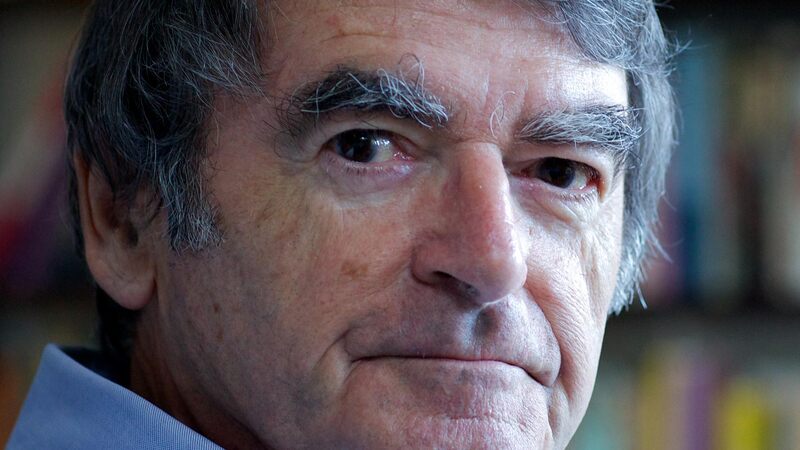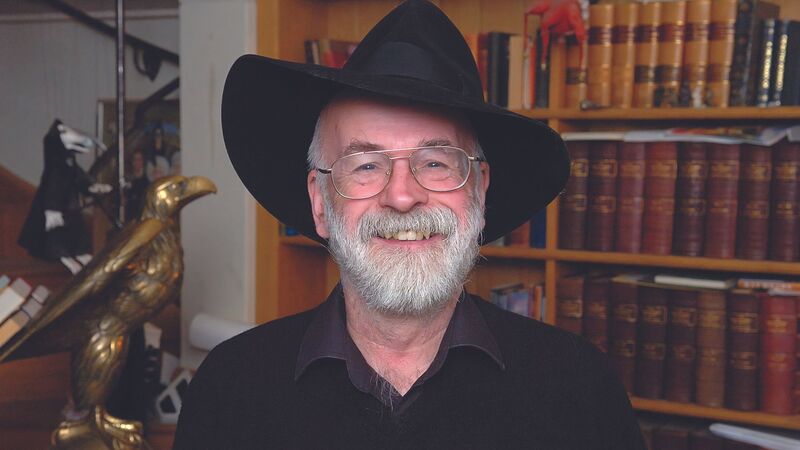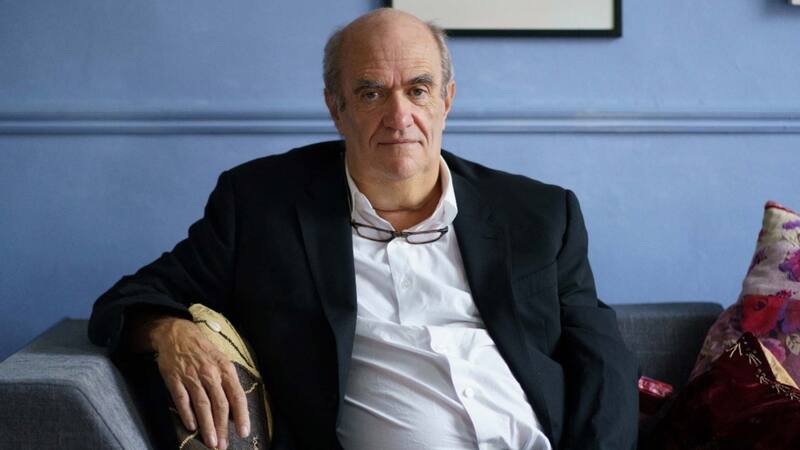You are viewing your 1 free article this month. Login to read more articles.
Books in the Media: The Last Emperor of Mexico by Shawcross tops reviews
The most reviewed non-fiction book of the week was The Last Emperor of Mexico by Edward Shawcross (Faber) featuring in the Times, Sunday Times, Financial Times, Wall Street Journal and the Daily Mail.
The Times’ hailed The Last Emperor of Mexico as its book of the week with Paul Lay saying: “Napoleon III is the villain not just of Manet’s vision, but of Edward Shawcross’ gripping, detailed telling of an almost incredible tale."
The Financial Times’ Tony Barber described the book as “a superbly entertaining and well-researched account that sets a new standard for histories of the doomed escapade”.
Justin Marozzi, writing for the Sunday Times, said: “This is a page-turning history of imperial hubris and nemesis, deceit and delusion, love and betrayal on a grand scale, written in an easy, lucid style.”
Gerard Helferich, writing for the Wall Street Journal, applauded Shawcross for creating “a balanced and deeply human portrait of the emperor”.
The Daily Mail’s Ysenda Maxtone described Shawcross as an “eloquent writer, good at showing both sides of an argument”.
Joy Williams’ Harrow (Tuskar Rock) had the critics talking in fiction. The novel featured in the Guardian, the Telegraph, the Irish Times and the Times.
Sam Byers, writing for the Guardian, named the novel the book of the day saying: “Every sentence is lathed into sleek and startling perfection.”
Christian Lorentzen, at the Telegraph, gave the novel five stars saying: “It more often resembles a prose poem or a litany of fairy tales than a contemporary novel. Hardly any of it is plausible, and that hardly matters. It’s all pleasure, if pleasure of a bleak and violent sort. It’s also often pretty funny, in a deadpan way.”
The Irish Times’ Mia Levitin said: “Harrow’s dark humour, nihilism and absurdist bent bear the author’s idiosyncratic stamp.”
Finally, the Times’ Susie Mesure said: “If the narrative is fractured, well, so is our world. And that is Williams’ point, one she amplifies with frequent references to physical harrows — spiky tools that break up the earth — which are painted everywhere in her broken land."















